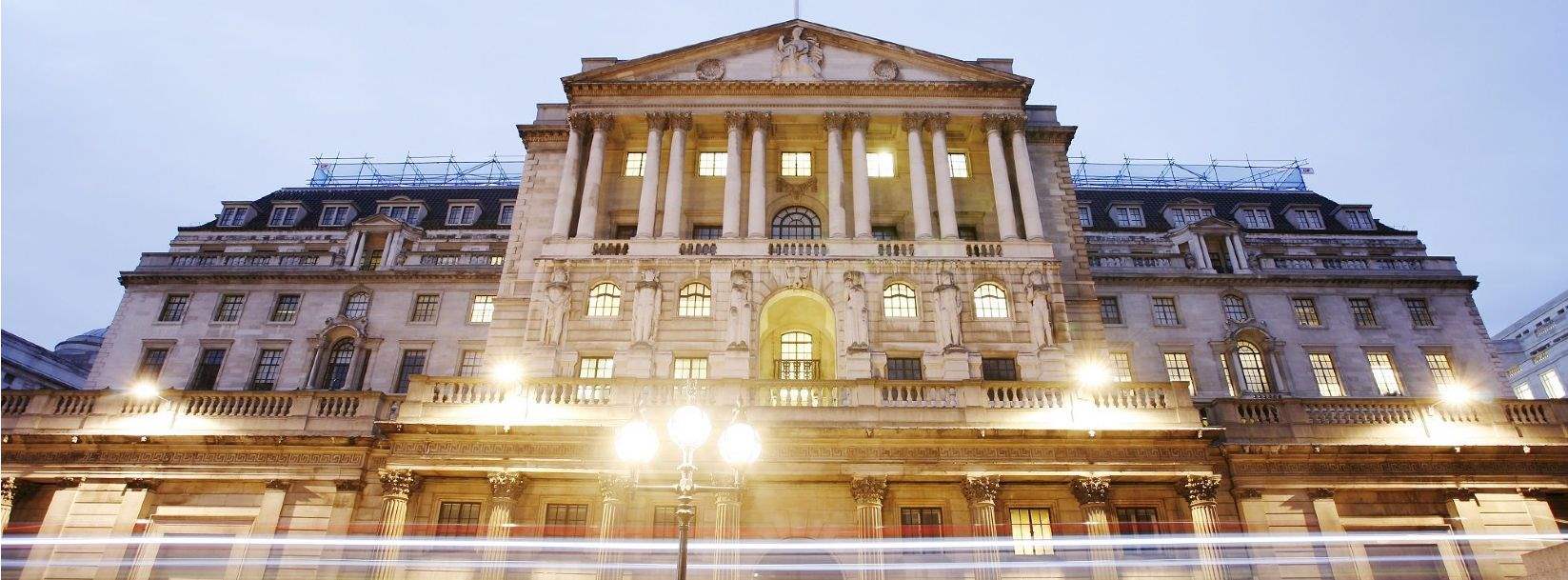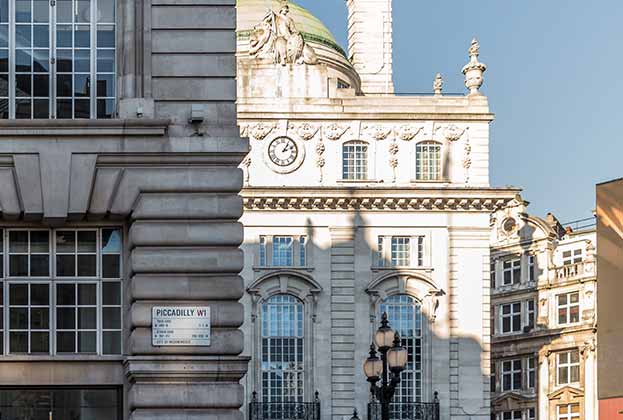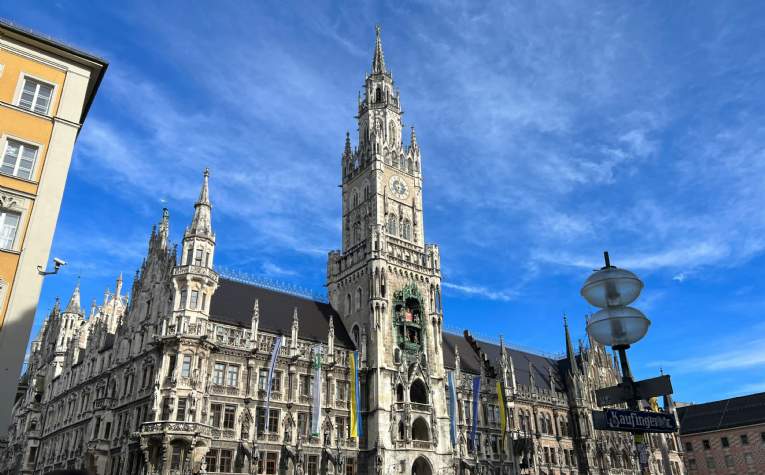The Bank of England has published a new Financial Stability Report, outlining the scenarios around which it has tested the UK’s financial stability in relation to Brexit.
In November’s report the Bank has produced two different scenarios for Brexit (neither of which are in line with the Prime Minister’s current plan):
The best case scenario, a ‘disruptive’ Brexit, it predicts will result in:
- The Pound depreciating 15 per cent
- Residential property prices falling 14 per cent
- Commercial property prices falling 27 per cent
A ‘disorderly’ Brexit, meanwhile - the worst case scenario – could lead to:
- The Pound depreciating 27 per cent
- Residential property prices falling 33 per cent
- Commercial prices falling 48 per cent
It's this commercial values declining by 48 per cent figure that has spooked some. But what are the chances of this actually happening?
The first point to make is that these are scenarios not forecasts: the Bank is saying we should have plans in case these situations do arise to minimise the risks to financial stability, and that banks should be tested on their ability to survive these scenarios. It’s not saying that it will happen, just that if a number of circumstances do coalesce it could happen, and that it’s prudent to prepare. Comfortingly for all of us the Bank concluded that the UK is in a good state to weather both scenarios.
The ‘disorderly’ worst case scenario is essentially asking what will transpire if we have a downturn similar to that experienced in the Global Financial Crisis (GFC) or the early 1990s - a reasonable question to ask.
For commercial property, my response is that even in the worst case scenario a 48 per cent drop in values is unlikely. This is due to six factors:
- Loan to Values have been low since the GFC, at approximately 60 per cent, compared to the run up to both other downturns, where they were at over 90 per cent
- Lending has predominantly been on income-producing assets, not development, and less than 4 per cent of lenders’ loan books are secured against any type of development (again very different from the two other downturns)
- This means that the likelihood of bank-led forced sales is much lower than in the previous two downturns, and it’s these forced sales that drive large value corrections in the region of 30-40 per cent
- Brexit is not a global event, so international wealth will not be similarly hit (as it was in the GFC). This means that non-domestic investors may choose to capitalise on any fall in Sterling or property prices. This return of equity to the market is likely to stop falls in prices fairly quickly
- We’ve not over-developed commercial property of any type speculatively in the same scale as pre-GFC or the early 1990s recession. This means that landlords/developers are unlikely to become insolvent, which again reduces the risk of sharp price falls due to liquidations
- While the Bank raises concerns about large scale redemptions from open-ended funds, we believe that the property funds have been working towards limiting this since 2016, and have built up super-normal cash positions by selling assets to deal with such a situation
All in all, therefore, even in a ‘disorderly’ Brexit scenario the commercial property picture is very unlikely to be as bad as the one painted by the Bank’s headline figure. Of course, there may be falls in the value of certain assets, based on their individual financial circumstances, but we’re very unlikely to see a wholesale 48 per cent drop across the board.
Further information
Read more: Five ways to assess an area's resilience to a hard Brexit

.jpg)





.jpg)


